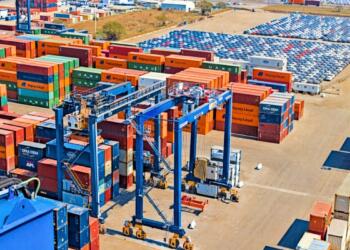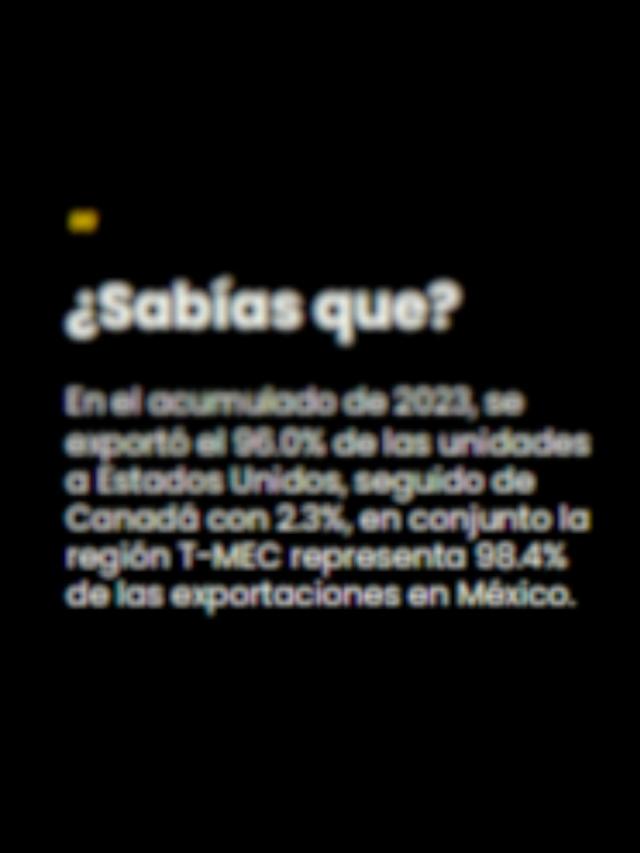
Tick, tock… the clock ticks, and as each minute ticks by, a unit is ambushed , a driver is robbed, a load disappears. On Mexican roads, time isn’t just precious; it can mean the difference between recovering or losing everything.
“Today, Puebla has surpassed the State of Mexico in robberies against transporters. A few years ago, it didn’t even appear on heat maps. Now, it accounts for 27% of the incidents,” said Ricardo Bustamante , former president and current board member of the Mexican Association of Private Security Companies and the Satellite Industry (Amesis) .
During the association’s assembly, which marked the change of presidency at Amesis, Bustamante revealed that in April 2025 alone, 124 thefts were recorded from cargo vehicles affiliated with the organization. The figure represented a 20% increase compared to the same period the previous year . However, he also shared a reassuring statistic: 96% of those cases were successfully resolved .
How? With technology, but also with speed. Amesis boasted a national average of 45 minutes for vehicle recovery , and in the center of the country, that figure dropped to 37 minutes . But none of that is worth it, Bustamante warned, if the authorities don’t arrive in time.
“We depend heavily on the authorities arriving at the scene of the incident,” he insisted.
The map of violence has been redrawn. In addition to Puebla (27%), the State of Mexico (20%) and San Luis Potosí (10%) remain hotspots.
Guanajuato, Querétaro, Michoacán, and Veracruz follow. The Mexico-Querétaro , Querétaro-San Luis , and Mexico-Puebla highways top the list of the country’s most dangerous highways. In Celaya and some municipalities in Puebla, the risk is constant.
Criminals don’t distinguish between day and night. But they do know the clock. 7:00 a.m. and 9:00 p.m. are the peak times for crime, according to the specialist.
They attack with “jammers,” signal-inhibiting devices, which deactivate systems and disappear in seconds. Forty-three percent of stolen vehicles are tractor-trailers , followed by trucks, trailers, and pickups, Bustamante said. The most coveted merchandise is groceries, pharmaceuticals, food, and liquor.
“Organized crime is increasingly turning to transportation as a source of income. This isn’t paranoia: it’s a reality confirmed by figures and testimonies. Hydrocarbon trafficking, the financing of illicit activities, the use of routes for other crimes—everything is intertwined,” Bustamante warned.
For his part, Raymundo Mancera , who assumed the presidency of Amesis, during his first message in office emphasized that companies must take an active role in the face of insecurity:
“Everything revolves around the level of risk and the probability of occurrence. Investment is needed to minimize the impact of crime,” he noted. He also acknowledged that authorities are making significant efforts, but insisted that the work must be joint and ongoing. “We need to strengthen this collaboration to close the loop on prevention and effective response,” he commented.
Mancera assumed the presidency of Amesis with the commitment to strengthen collaboration with authorities and promote investments that strengthen the sector. His administration, he said, will seek to translate experience into tangible solutions.
The clock is ticking, and on the roads, every minute that passes can decide the fate of an operator, a load, or an entire company.
Comment and follow us on X: @karinaquintero / @GrupoT21
















